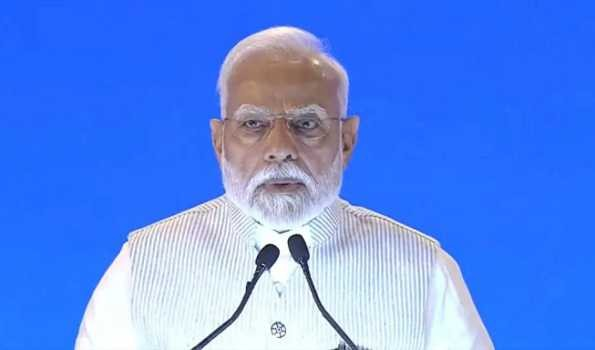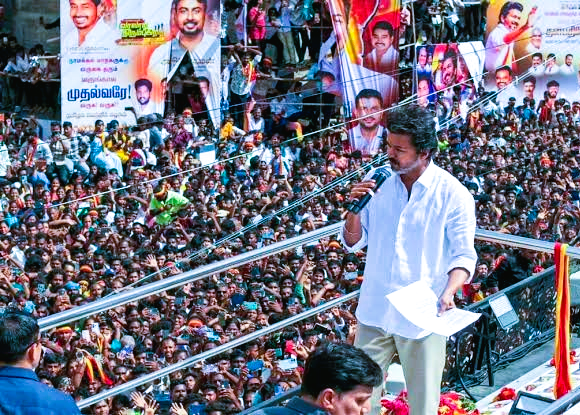
ISRO’s 101st Mission Faces Setback as PSLV-C61 Suffers Third-Stage Anomaly
Sriharikota, India (OT webdesk) – The Indian Space Research Organisation (ISRO) encountered an unexpected challenge on Sunday as its ambitious Earth observation satellite, EOS-09, failed to reach its designated orbit due to a technical anomaly in the PSLV-C61 rocket’s third stage.
Launched at 5:59 AM IST from the Satish Dhawan Space Centre, the mission initially proceeded as planned, with the first and second stages performing optimally.
However, an issue in the third-stage propulsion system halted its success. ISRO Chairman V Narayanan assured the space community that a comprehensive investigation was underway to pinpoint the cause of the failure.
EOS-09: A Crucial Mission for India’s Space Ambitions
EOS-09, equipped with C-band synthetic aperture radar, was designed for continuous surveillance, disaster management, and environmental monitoring.
Its advanced imaging technology allowed uninterrupted data collection, regardless of weather conditions or time of day.
The satellite was expected to enhance agriculture, forestry, and strategic border monitoring while contributing to national security through remote sensing applications.
Additionally, its design included deorbiting fuel and Orbit Change Thrusters (OCT) for responsible space operations.
A Learning Moment for ISRO
Despite the setback, space experts acknowledge that failures are integral to scientific advancement.
EOS-09’s launch marked ISRO’s 101st satellite mission, demonstrating India’s continued commitment to space exploration.
While disappointing, this event serves as a stepping stone for future breakthroughs, reinforcing ISRO’s resilience and innovation.
ISRO’s engineering teams will now focus on analysing the anomaly to prevent similar issues in upcoming missions.
As India pushes the boundaries of its space capabilities, every challenge encountered fuels growth toward future successes.














